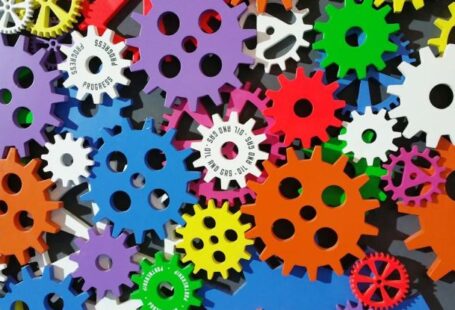Safety is a paramount concern in the design and operation of elevators. As these vertical transportation systems are an integral part of modern buildings, ensuring the safety of passengers and maintenance personnel is of utmost importance. Several key safety factors are considered essential in the design of elevators to minimize the risks associated with their use.
Emergency Communication Systems
In the event of an emergency, the ability to communicate quickly and effectively is crucial. Elevator design must incorporate reliable emergency communication systems to allow passengers to alert authorities or building personnel in case of a malfunction or other emergency situation. This can include features such as emergency phones, intercoms, or two-way communication devices that connect occupants with external help.
Overload Protection
One of the primary safety concerns in elevator design is ensuring that the elevator car does not exceed its maximum weight capacity. Overloading an elevator can lead to malfunctions, breakdowns, or even accidents. To prevent this, elevators are equipped with overload protection systems that can detect when the weight limit is exceeded and prevent the car from moving until the excess weight is removed.
Door Safety Features
The doors of an elevator are a critical component when it comes to passenger safety. Properly functioning doors are essential for preventing accidents such as passengers getting caught between closing doors or falling down shafts. Elevator design includes various safety features for doors, such as sensors that detect obstructions and prevent doors from closing, as well as mechanisms that ensure doors cannot be opened when the car is not present at that floor.
Fire Safety Measures
Fire safety is a top priority in building design, and elevators are no exception. Elevator design includes features that help prevent the spread of fire and protect passengers during an emergency. Fire-rated materials, smoke detectors, and fire suppression systems are often integrated into elevator shafts to minimize the risks associated with fires. Additionally, elevators are designed to automatically return to a designated floor in the event of a fire alarm, allowing passengers to exit safely.
Regular Maintenance and Inspections
To ensure the ongoing safety and reliability of elevators, regular maintenance and inspections are essential. Elevator design must take into account the need for easy access to components for maintenance purposes and incorporate features that facilitate regular inspections. Routine maintenance helps identify potential issues before they escalate into safety hazards and ensures that elevators are operating at optimal performance levels.
Emergency Power Supply
In the event of a power outage, elevators must have a reliable emergency power supply to ensure that passengers are not trapped between floors. Elevator design includes backup power systems such as generators or battery backups that can safely lower the car to the nearest floor and allow passengers to exit. This feature is crucial for ensuring the safety and well-being of occupants, especially in high-rise buildings where elevator use is essential.
Proper Ventilation and Lighting
Elevator design also considers the comfort and safety of passengers during normal operation. Adequate ventilation is essential to prevent overheating and provide a comfortable environment within the elevator car. Proper lighting is another crucial factor that ensures visibility and helps passengers feel secure during their journey. Well-lit and ventilated elevators contribute to a positive passenger experience and enhance overall safety.
In conclusion, safety is a top priority in elevator design, and several essential factors are considered to minimize risks and ensure the well-being of passengers and maintenance personnel. From emergency communication systems to fire safety measures and regular maintenance, each aspect plays a crucial role in creating a safe and efficient vertical transportation system. By integrating these safety features into elevator design, buildings can provide a secure and reliable means of transportation for occupants.





